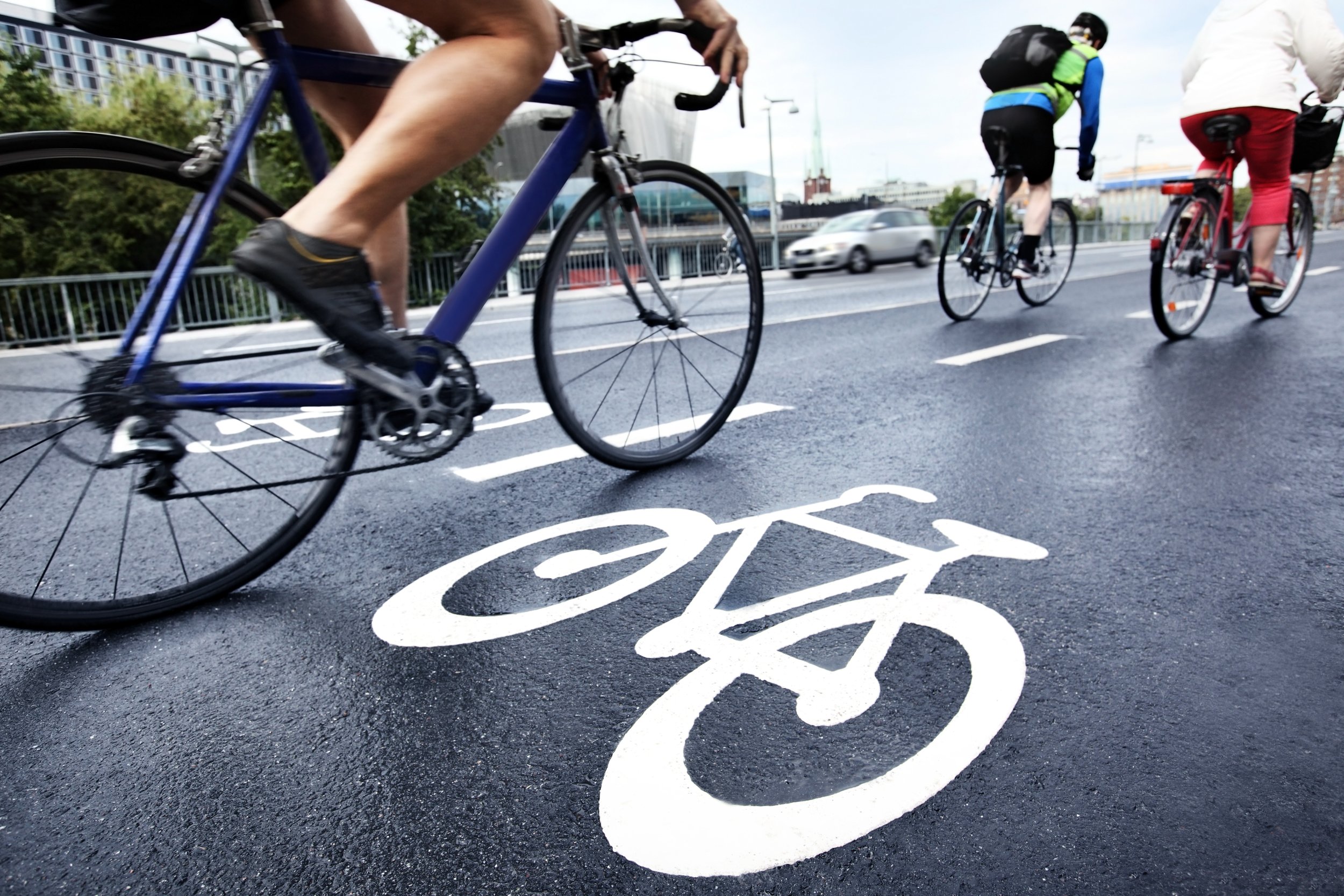
About
What is New Jersey 2025 Strategic Highway Safety Plan?
The New Jersey 2025 Strategic Highway Safety Plan (NJ 2025 SHSP) is a statewide, coordinated initiative that provides a comprehensive framework for reducing fatalities and serious injuries on all public roads.
The NJ 2025 SHSP is an action-oriented and data-driven plan that integrates the 4Es of safety:
Education
Enforcement
Engineering
Emergency Response
Learn more about the 4Es of safety here.
The NJ 2025 SHSP establishes statewide goals, emphasis areas, strategies, and actions to guide safety programs and investments. It is developed in consultation with federal, state, local and private safety stakeholders. To learn more about the NJ 2025 SHSP and other FHWA safety initiatives, see “Building Links to Improve Safety: How Safety and Transportation Planning Practitioners Work Together.”
Highway safety improvement projects funded through the Highway Safety Improvement Program (HSIP) must align with New Jersey’s SHSP. These projects should logically reflect the plan’s emphasis areas and strategies.
The NJ 2025 SHSP Mission, Vision, and Goal
Vision
Move towards zero deaths and serious injuries by investing in proven safety countermeasures and promoting a positive culture of safety.
New Jersey’s vision is to achieve zero deaths on all public roads. Realizing this long-term vision will require shifts in both attitudes and behaviors, along with physical improvements to the roadway system to reduce the frequency and severity of crashes.
It is unacceptable to view traffic crashes—and the resulting fatalities and injuries—as an inevitable price of mobility. Achieving zero roadway deaths requires shared responsibility and a coordinated, system-wide commitment from all roadway users and the state’s safety stakeholders.
Mission
Goal
New Jersey will reduce fatalities and serious injuries using the 4Es: Engineering, Enforcement, Education, and Emergency Response.
The mission of New Jersey’s safety programs and its SHSP is to reduce roadway fatalities and serious injuries by addressing both infrastructure and behavioral crash factors, using a combination of strategies to maximize safety benefits.
Although New Jersey made significant progress through infrastructure investments—such as guide rail, pedestrian signals, and crosswalks—data confirms that most crashes on both State and national roadways are primarily caused by unsafe behaviors, including distraction, impairment, fatigue, and speeding. Thus, achieving the goal of zero fatalities and serious injuries will require both infrastructure investments and initiatives to promote behavioral change.
Eliminate all traffic fatalities and serious injuries by the year 2040.
New Jersey set a goal to eliminate all traffic fatalities and serious injuries by 2040. This commitment was solidified in 2025, when the State enacted the Target Zero Commission legislation. The law recognizes that traffic deaths are preventable, not inevitable, and calls for a comprehensive, statewide effort to improve road safety for everyone, whether driving, walking, biking, or using public transit. By adopting this goal, New Jersey affirms that even one life lost is one too many, and that achieving safer roadways demands the collective action of government agencies, local communities, and all roadway users.
The Safe System Approach
To achieve this Vision, Mission, and Goal, New Jersey has adopted the Safe System Approach, using it as a guiding framework to reduce fatalities and serious injuries throughout the development of the NJ 2025 SHSP.
The Safe System Approach works by building and reinforcing multiple layers of protection to both prevent crashes and minimize the harm when they occur. This holistic and comprehensive strategy offers a structured framework to make transportation environments safer for everyone. Unlike conventional safety methods, this approach emphasizes both human error and vulnerability, designing a system with built-in redundancies to better protect all users.
Learn more about the Safe System Approach from the U.S. Department of Transportation.




